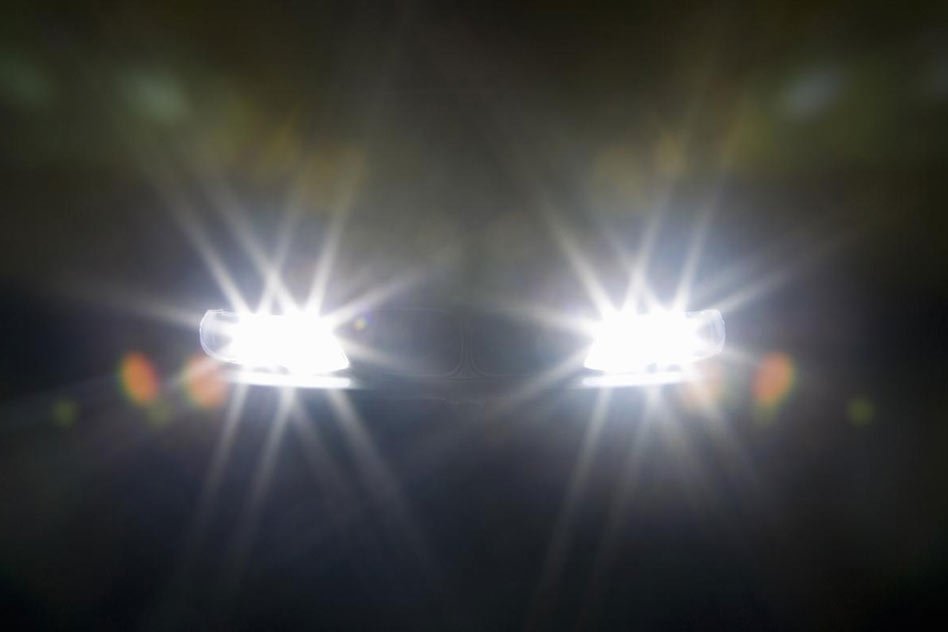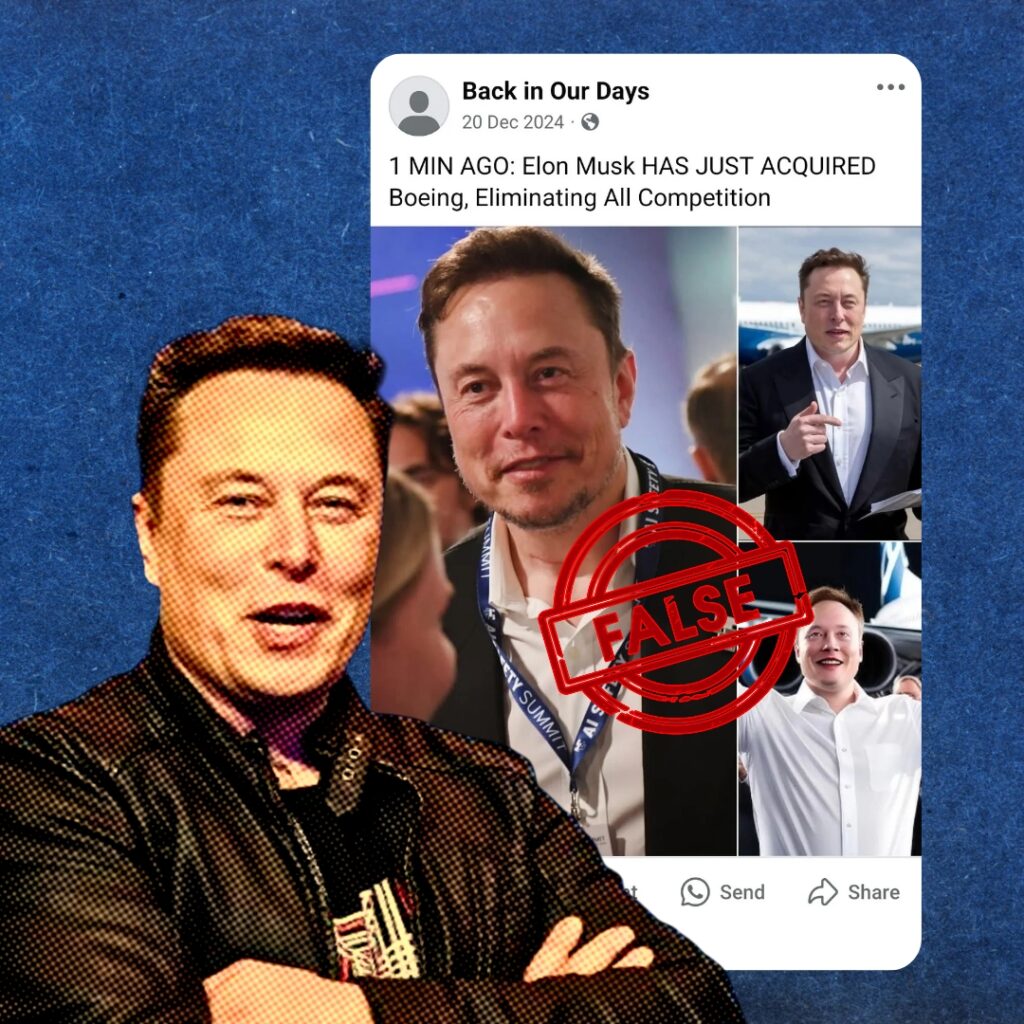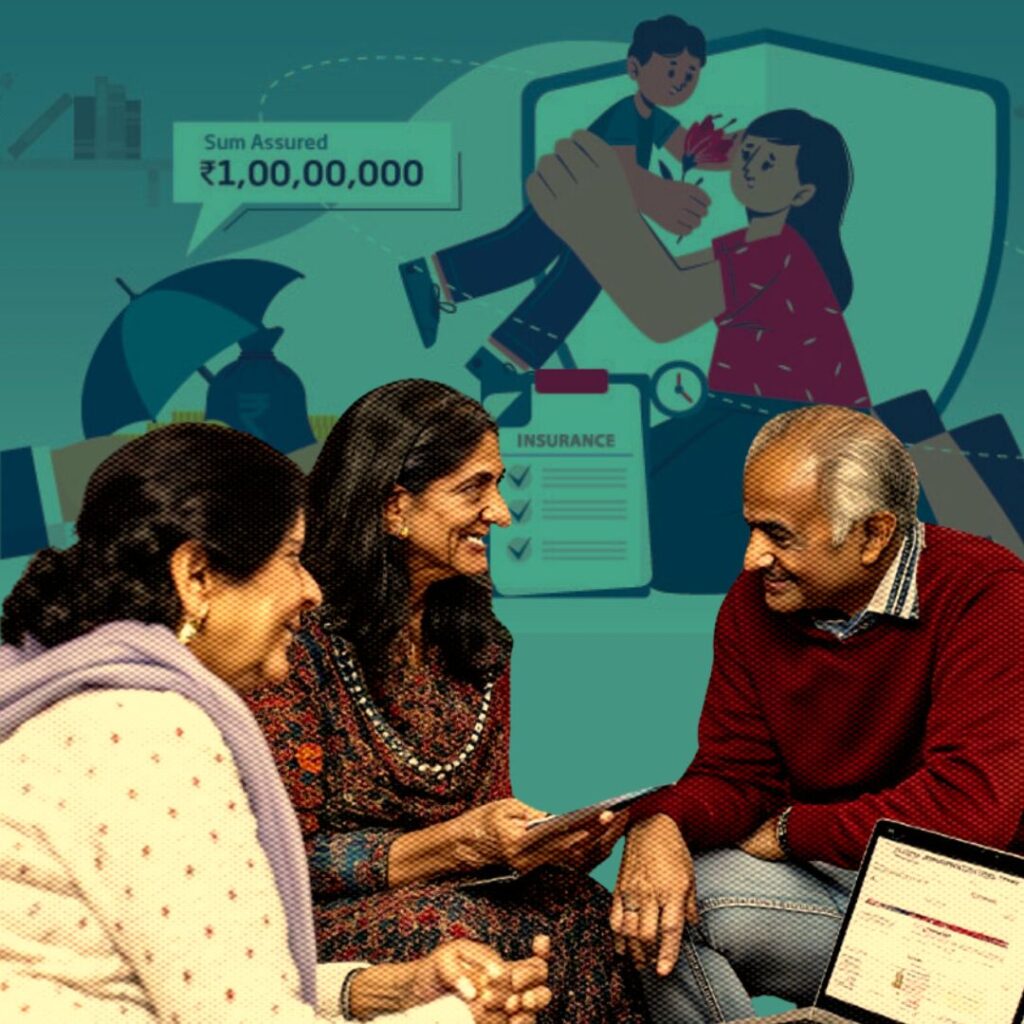Image Source: Traffic
Have you travelled in a car at night sitting in the front seat? You would remember how difficult it is to see ahead of you because the vehicle from the opposite direction has a high-beam. There are good chances that the passengers in the other vehicle are also feeling the same. More often than not, drivers riding at night have to face this problem.
Contrary to the assumption that more light provides better visibility, high-beam blinds the driver coming from the other side. If you are at a close distance, you may also blind the driver ahead of you because of the reflection in the rearview mirror. This compromises road safety. Why do drivers choose high-beam when they know that a low-beam could lead to a safer and more comfortable ride? Probably the drivers are suffering from the prisoner’s dilemma, and operating at a Nash equilibrium.
Consider night driving as a game. The one who has more visibility scores more points. For drivers coming in opposite directions, the payoffs look like this:
If the driver A is driving at a high-beam and B at low, the former gets away with all the visibility. Therefore, the playoffs result in five for high and zero for low. Since the latter driver didn’t receive enough visibility, he or she is likely to shift to a high-beam for the next drive. Hoping for a comfortable view this time, the driver gets just marginally better, reaching a score of one.
On a good day (or rather a good night), both will be travelling on a low beam resulting in a decent visibility for both of them. But since both the drivers chronically experience the other vehicle on high-beam, they are unlikely to defer. Both will have to manage with a meagre visibility.
This is a Nash equilibrium. When John Forbes Nash (of a beautiful mind fame) developed the theory, he would not have thought of finding a victim in Indian drivers. It seems like the drivers are in a prisoner’s dilemma and stuck at the Nash equilibrium. In the classic experiment on game theory, both the prisoners can choose a better option. However, untrustworthy of each other, both remain worse-off. When driving on the road at night, who is the prisoner, and what’s the dilemma?
The situation is not all too gloomy. Places like Chandigarh demonstrate that the problem can be addressed, perhaps through law and order. But since the laws in other states also require a low beam – at least in the city limits – perhaps this is a question of law enforcement rather than the law itself.
Considering the road situation in India, law enforcement is just part of the solution. Most intercity roads, highways and even some municipal roads are unlit. Given the different kinds of traffic like rickshaws, bikes and carts, motor vehicles have to drive on a high-beam for everyone’s safety. It is thus the responsibility of the driver to switch the beam on seeing an oncoming vehicle. Failing to do so is not a failure of law, but the failure of social behaviour.
On several occasions, I have used a dipper to indicate the forthcoming driver to lower the beam. Sometimes I am successful, other times I am not. There have been instances when I am also compelled to put my own vehicle on high-beam. At least this gets me a playoff of one as against zero.
The top-left in the table represents ignorance, disloyalty, or apathy towards fellow drivers. The bottom-right represents trust, courtesy and duty. If Mahatma Gandhi would be alive today, he would say ‘a high-beam for a high-beam leaves the whole world blind’. He would wonder if the society can move from a score of one to three, rejecting the blindness.
– Sahil Aggarwal (Sahil is a graduate of IIT Delhi and co-founder of Vision India Foundation. He tweets at @sahilagg92)











